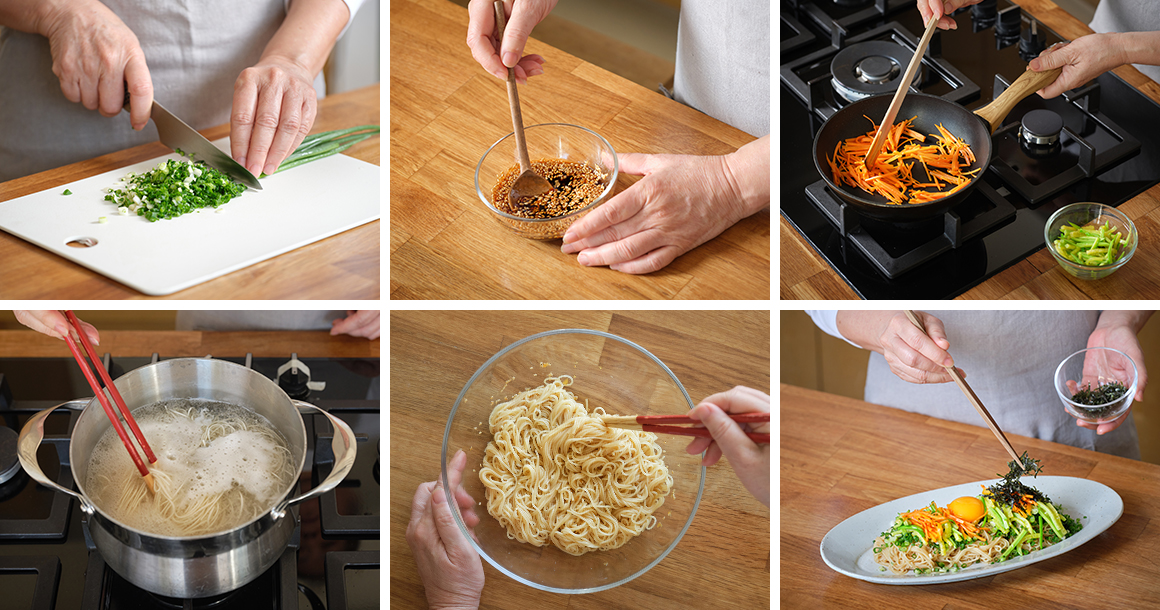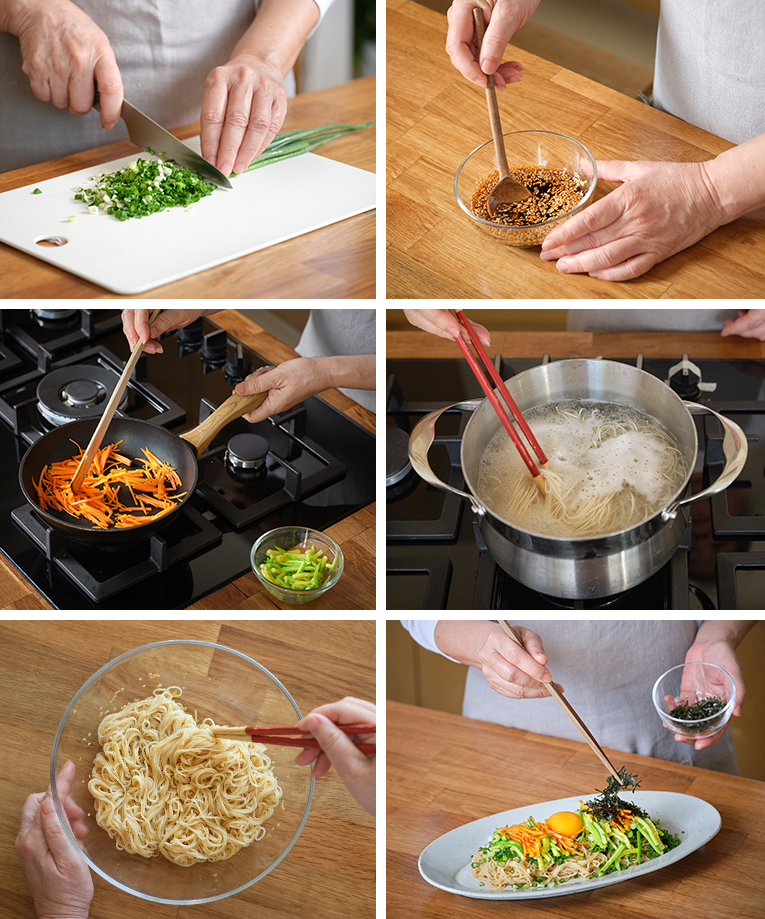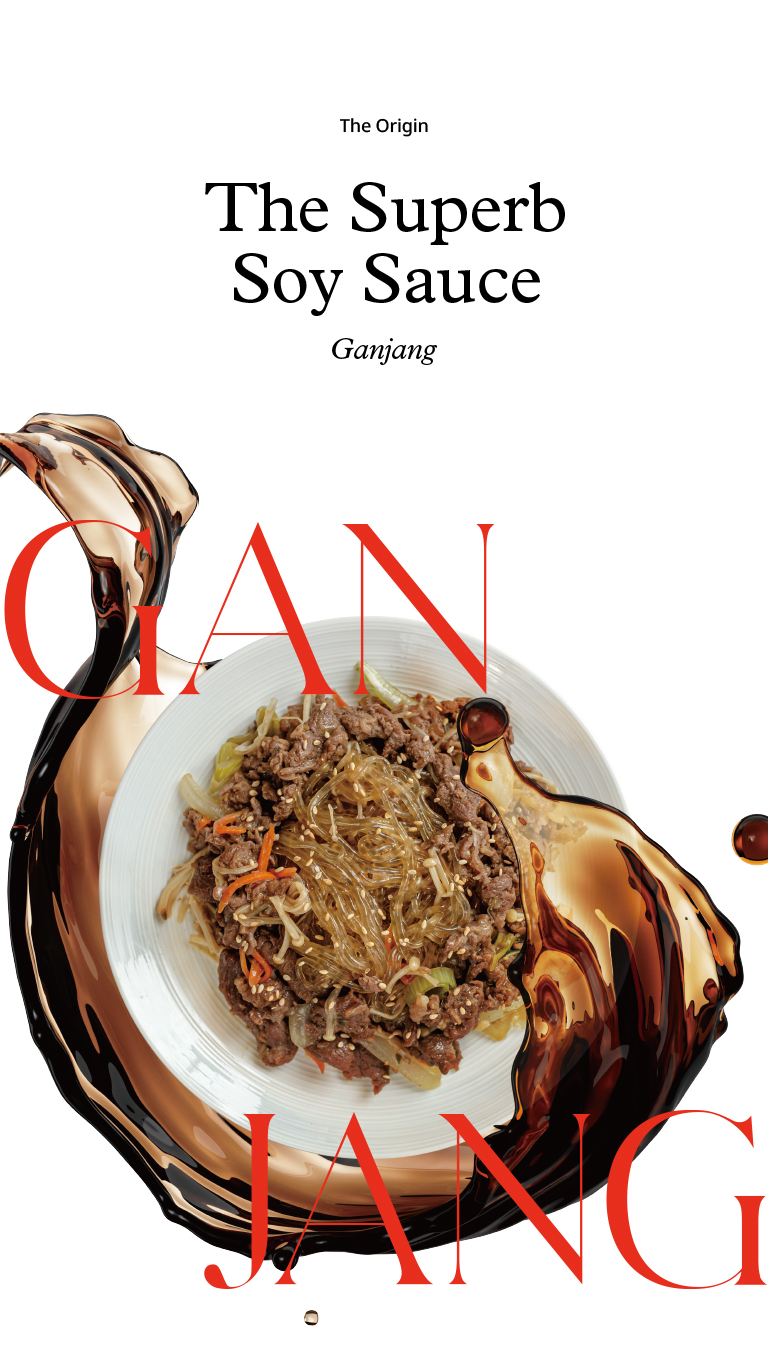
Soy sauce is ubiquitous in East Asian cuisine. However, many global diners are unaware of the fact that there is more than one type of soy sauce. Ganjang, Korean soy sauce, has a rich history—a saga only matched by its seemingly endless variety and versatility.
Writer. Tim Alper
Fermented, soy bean-derived products are hard to escape at the Korean dining table. Many of these, such as gochujang (red pepper paste), doenjang (soy bean paste) and cheonggukjang (rich soy bean paste), have no equivalent else-where in Asia. But ganjang, soy sauce, is the exception.
To the untrained eye (and tastebud), Korean ganjang seems no different from the soy sauce used to make the famous Cantonese dish See Yao Gai, known in English as soy sauce chicken. Or the soy sauce served as a seasoning with sushi and sashimi in Japanese restaurants.

However, soy sauce varieties are plentiful in Korea, with each designed to be suitable for a specific culinary usage. Korean cooks’ ganjang-making methods are also unique, reflecting the traditions and climatic nature of the Korean Peninsula.
Historians think that ancient precursors to soy sauce were likely mainly fish-based, with soybeans a mere supplementary ingredient. It is unclear how and when ganjang first appeared on the Korean peninsula. But records note that ganjang was served at royal weddings in the Korean kingdom of Silla in the late 600s. Earlier records, written by visiting scholars from overseas, note that Koreans were “skilled” at “brewing and fermenting” soy products.
Most of this early history was recorded by visitors to the Korean Peninsula, suggesting that ganjang-making had already reached its final form by the Three Kingdoms Period (57 B.C.E to 668 C.E.). The basic methods and ingredients for making ganjang would not change again until the 20th century and the dawn of the industrial age.
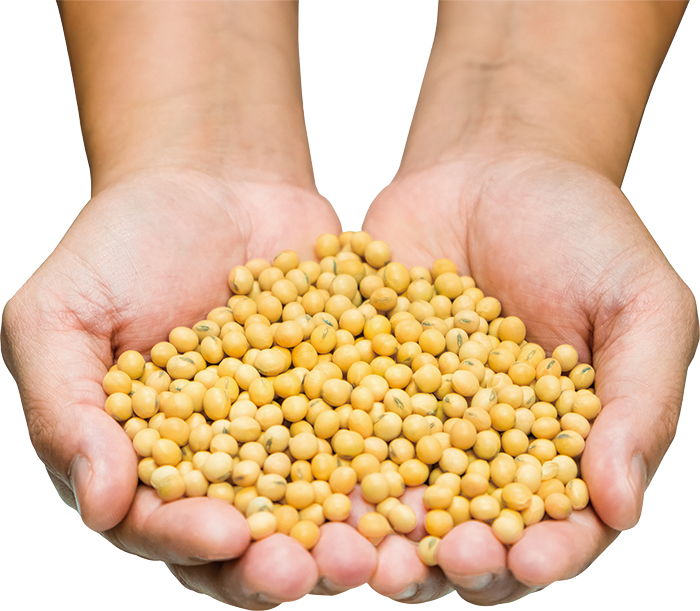
Like doenjang and the rest, the cornerstone of Korean ganjang is meju, a brick-like block of dried, fermented soybeans. Until very recently, meju were ubiquitous in Korea. As Ipdong, the traditional start of winter per the Korea agricultural calendar, fell, cooks would go to work on the first stages of making meju: soaking, boiling, salting and pounding soybeans. They would then dry the bean mixture in the shade for several weeks. When the meju eventually hardened, cooks would tie the resulting bricks to their house beams with rice straw.
They would often move the bricks to rooms heated by traditional underfloor heating systems in the winter, thereby accelerating the fermentation process. As the first month of the lunar year came around, cooks would begin to wash and then sundry their meju. Next, the cooks would soak the bricks in brine. The following step involved removing the meju to make doenjang and gochujang. The precious brine, meanwhile, was then boiled to produce ganjang.
This is followed by another long ageing process. Essentially, the longer one keeps traditional ganjang in breathable onggi (earthenware pots), the richer it becomes. The “clearest” variety is aged for a matter of months, while the darkest and richest varieties are aged for five years or more. Depending on the kind of dish you are making, it can be worth paying close attention to the kind of ganjang you buy.
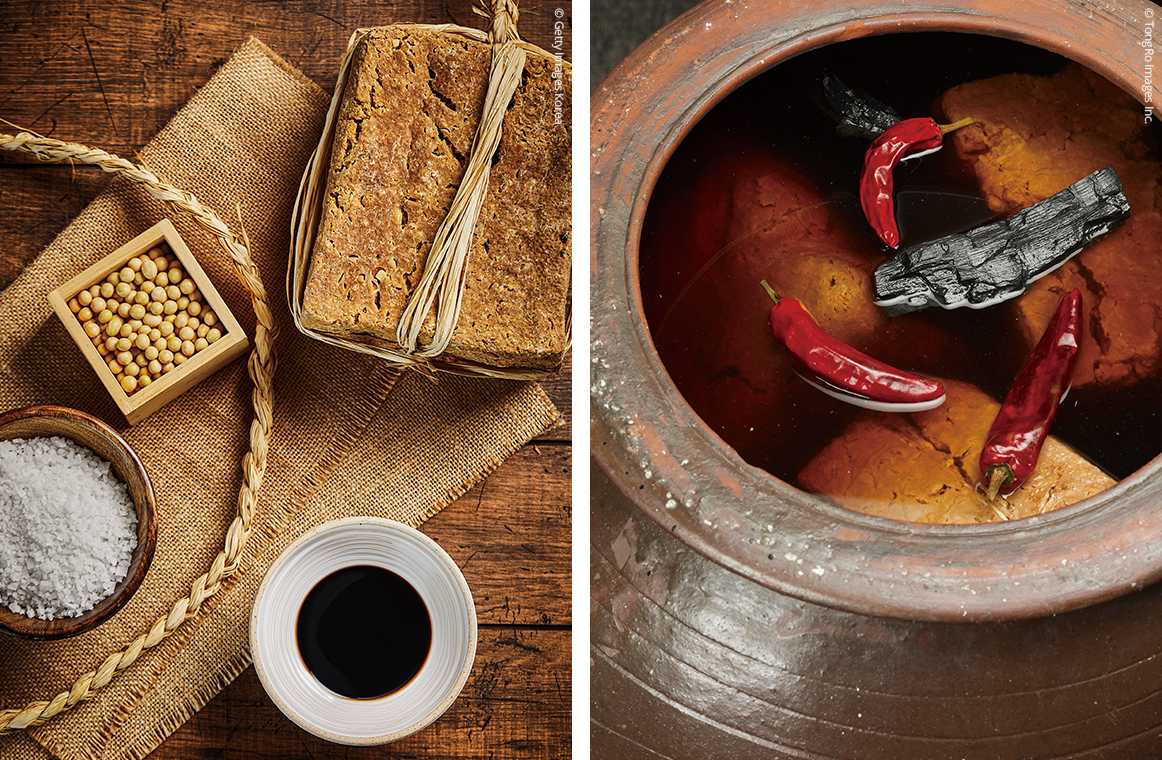 Traditional ganjang (soy sauce) is made from meju (fermented soybean blocks), salt and soybeans. Sometimes red peppers or charcoal are floated during fermentation.
Traditional ganjang (soy sauce) is made from meju (fermented soybean blocks), salt and soybeans. Sometimes red peppers or charcoal are floated during fermentation.
Traditional ganjang methods were turned on their heads in the 20th Century, when Korea industrialized faster than any other nation on Earth. In the 1950s, innovators rapidly adopted commercial methods for making soy sauce that made use of non-Korean cooking methods and modern technology.
Suddenly, market stalls and stores all over the country were able to start offering their patrons a dazzling array of alternative ganjang varieties. Many of these make no use whatsoever of meju, instead using newly discovered shortcuts to speed up the manufacturing process. Some of these make use of mold cultures or acids, as well as ingredients like wheat and rice. Others look to add exotic flavors to ganjang, infusing ingredients like fruit, mushrooms and onion.
Purists who hanker for a more traditional flavor tend to buy guk (soup) ganjang, which is naturally brewed using little more than soybeans, salt and water. For the most authentic taste of all, Koreans must now seek out artisanal ganjang, which is still made in the time-tested traditional way.
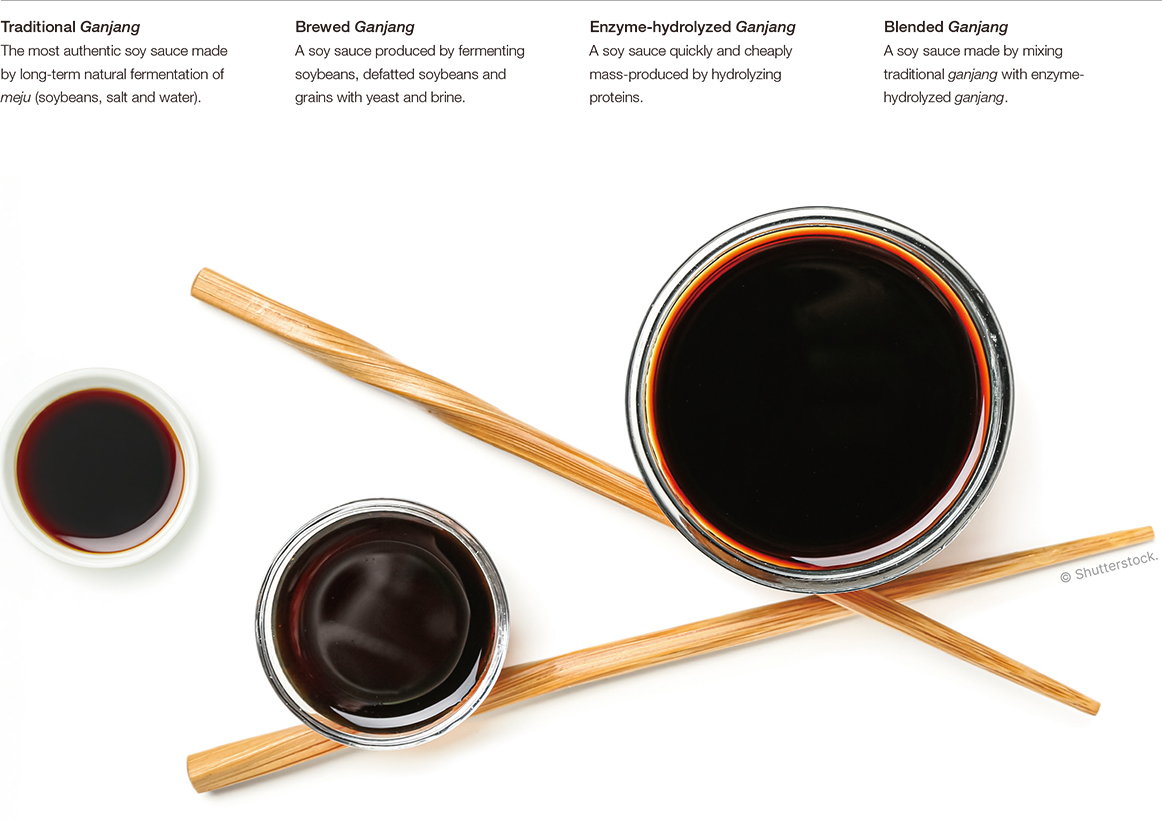
However, these are not the only types of ganjang available to the modern Korean buyer. Some manufacturers produced a blended ganjang—a combination of both the traditional variety and modern acid—or enzyme-hydrolyzed ganjang. This same hydrolyzed ganjang, made using hydrolyzed protein, is cheaper and faster to make, although it is chiefly used in restaurants.
Brewed g anjang, meanwhile, is fermented by mixing soybeans, defatted soybeans and ingredients like grains with yeast and brine. Cooks often use this to to make stir-fried preparations, such as japchae (stir-fried glass noodles and vegetables) and bulgogi.
Korean ganjang’s popularity has grown in recent years as the popularity of “K-food” has increased. It is now becoming easier than ever to buy Korean-brand ganjang in supermarkets around the world. Some buy it to make Korean dishes like ganjanggejang (soy sauce marinated crab). Others prefer to use it to make “fusion” vegan dishes like pan-fried tofu or savory noodles.
As the world begins to learn more about Korean food, diners everywhere will soon be exposed to the wide selection of ganjang varieties that many Korean shoppers take for granted. And this will likely lead to the start of a brand new chapter in ganjang’s long, flavor-packed history.
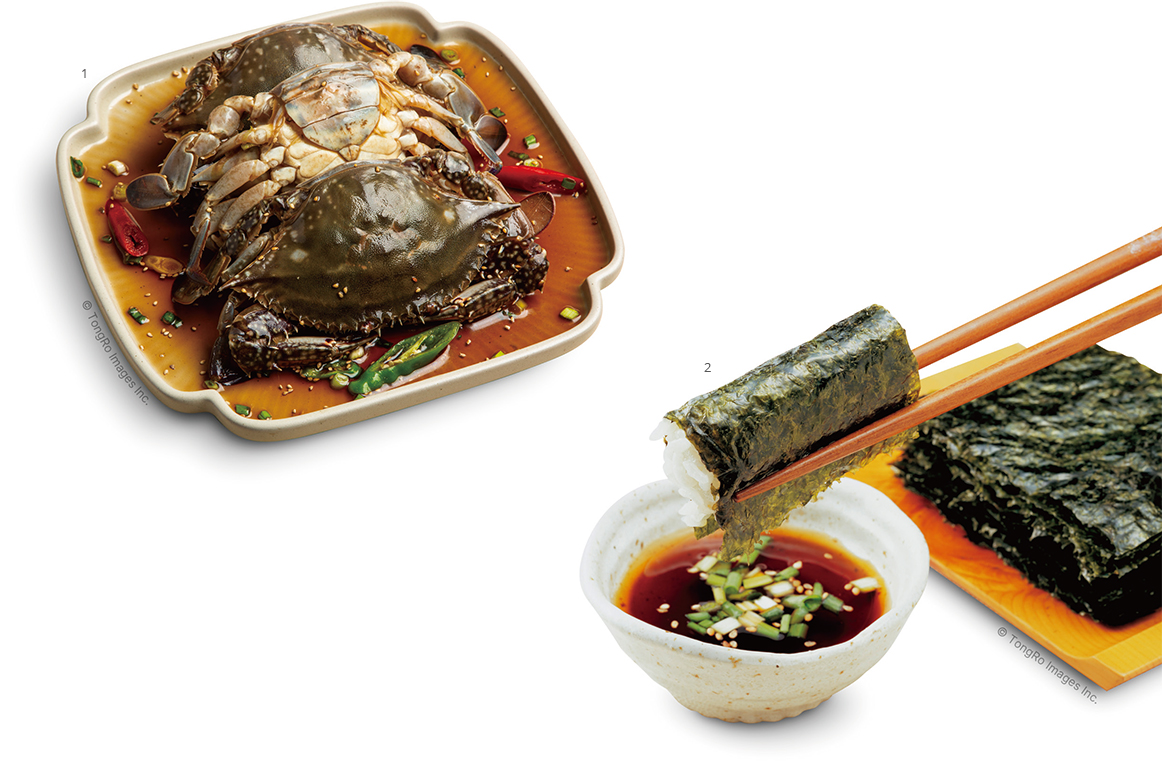 1. Ganjanggejang, a dish of crabs preserved in seasoned ganjang.
1. Ganjanggejang, a dish of crabs preserved in seasoned ganjang.
2. Ganjang also pairs well with gim (laver) and other foods.
Writer. Tim Alper
Tim Alper lived in Korea for 12 years, immersed himself in Korean culture by indulging in traditional Korean foods and appeared on various television programs.
200 g somyeon (thin wheat noodles), 1/6 carrot, 1/6 zucchini, 1 raw egg york, 2 spring onions, gim (laver), toasted sesame seeds, cooking oil as needed, 2 Tbsp ganjang, 1 Tbsp corn syrup, 1 tsp sesame oil, 1 Tbsp toasted sesame seeds 1 tsp sugar, 1 tsp vinegar, 1/2 tsp minced garlic, pinch of black pepper and salt
